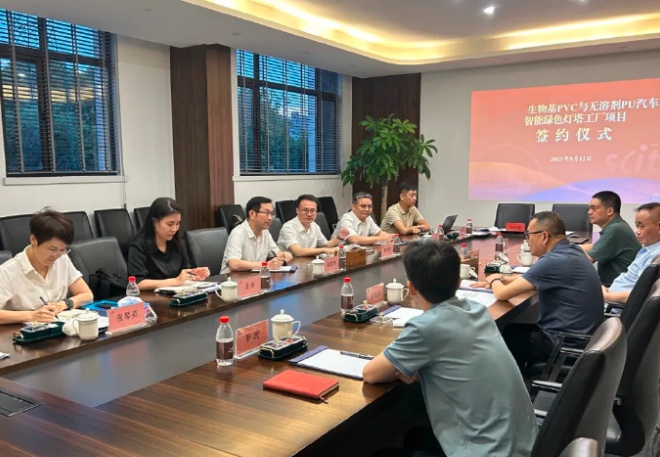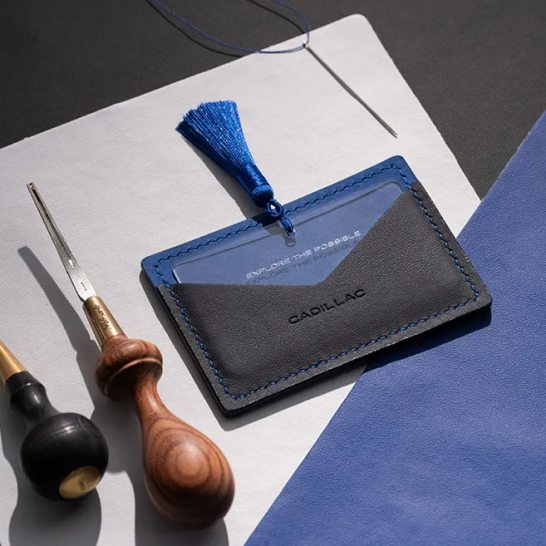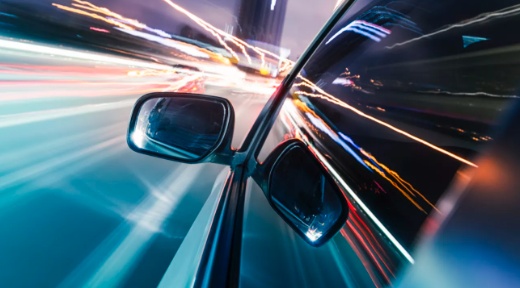$1 Billion Investment: Biobased Materials and Solvent-Free Synthetic Leather Rapidly Enter the Market, Future Prospects Explored
Specialized VisionOn September 18th, it was observed that recently,Total Investment1 billion yuan bio-based PVC and solvent-free PU automotive leather industrialization project The Jiaxing Nanhu High-tech Zone in Zhejiang officially signed the agreement, with Nanhu District Party Secretary Chen Qunwei, Jiaxing Nanhu High-tech Zone Party Working Committee Secretary Chen Qunwei, and Deputy Secretary of the Party Working Committee Chen Guangzhen and other leaders attending the ceremony.
This project is led by listed companies within the jurisdiction and adopts internationally advanced technology."Lighthouse Factory" standardFocus on meeting the core requirements of "zero VOCs, low carbonization, traceability" for car companies like Huawei, NIO, Xpeng, Li Auto, Xiaomi, Toyota, and Tesla.The project covers an area of 80 acres, with a fixed asset investment of 534 million yuan. Once fully operational, it is expected to achieve an annual output value of 1.5 billion yuan and an annual tax revenue of 45 million yuan, becoming the core support of the green manufacturing cluster in the Yangtze River Delta region.

Source: Nanhu Release
It is understood.BiobasedPVC replaces more than 30% of petroleum-based components with renewable resources such as corn starch, and solvent-free PU uses water-based foaming technology to completely eliminate organic solvent emissions. The product matrix covers all interior components, including seat upholstery, steering wheel covers, and door panel trims. Its environmental performance has been double-certified by the EU REACH regulations and China's GB 33372-2020 standard, reducing the carbon footprint by more than 40% compared to traditional materials.
Dual Trends: Green Choices for Automotive Interior and Exterior
Under the dual drive of global carbon neutrality goals and consumer environmental awareness, bio-based materials and solvent-free synthetic leather have become a definitive trend for automotive interior and exterior decorations.
The benefits of bio-based materials are attributed to three major breakthroughs.
First, there is a breakthrough in durability. Through nano-modification technology, a hydrophobic coating is formed on the surface of flax fibers, allowing the bio-inspired bamboo fiber composite materials to...Maintaining dimensional stability in environments ranging from -30℃ to 80℃, wear resistance is improved to three times that of traditional fabrics. PHA microbial plastic is produced through genetically edited optimized strains, reducing the production cycle by 50% and bringing costs down to within 1.2 times that of traditional ABS plastic, achieving large-scale replacement for the first time.
Furthermore, the breakthrough in process adaptation.The "segmental temperature control hot pressing technology" addresses the challenge of hot pressing forming for bio-based materials, increasing the yield rate of sugarcane bagasse-based composites from 60% to 95%. Plant-based waterborne coatings, made from soybean oil and rosin, reduce VOC emissions by 90% and achieve high gloss and scratch resistance through nanoparticle dispersion technology.
Finally, it is a breakthrough in the closed-loop cycle. The industry promotes.The "single material system," a corn fiber integrated seat achieves full bio-based transformation from the skin to the support layer, and can be 100% reverted to lactic acid monomers after disposal through enzymatic technology. A car company's "Annual Ring Series" interior uses coffee grounds as raw materials, with each panel corresponding to different origins, forming a traceable environmental mark.

Image source: Cadillac
Solvent-free synthetic leather is meticulously crafted using polymer materials such as polyurethane (PU) and polyvinyl chloride (PVC) through a solvent-free process.
Its biggest highlight is the complete elimination of organic solvents in the production process, thereby significantly reducing the release of volatile organic compounds (VOC), which is highly compatible with the global green manufacturing concept. Compared to traditional solvent-based synthetic leather, the solvent-free process shows significant advantages in terms of environmental protection, safety, and production efficiency.
Formation of industrial synergy level"The green triangle of 'automakers-suppliers-research institutions.' Automakers lead the demand definition; for example, a certain group has launched a 'green interior module library,' providing a range of bio-based material combinations from economical to luxury types. Suppliers are accelerating their transformation; a seating giant has developed recycled polyester fiber from coffee grounds, enhancing strength by 40% while retaining the coffee aroma for 180 days. Research institutions focus on critical bottlenecks, such as catalytic systems for artificial photosynthesis that directly synthesize polyester monomers from carbon dioxide, bypassing the agricultural planting stage."
Application implementation: green practices from seats to steering wheel
In automotive applications, bio-based materials and solvent-free synthetic leather have achieved deep multi-module penetration.
The seating system adopts"Seaweed fiber + regenerated silk" blended fabric has superior moisture absorption and breathability compared to cotton and linen, and does not require chemical dyeing. The filling layer uses mushroom mycelium foam, with density and rebound properties similar to polyurethane foam, and it completely biodegrades within six months after disposal. The seat frame is made of flax fiber reinforced polypropylene composite material, which reduces weight by 40% compared to a steel frame, increases bending strength by 25%, and is recyclable.
In the field of surface decoration, door panels and consoles use a faux wood grain material mixed with coffee grounds, walnut shells, and water-based resin, with a texture that surpasses real wood. The headliner uses"Jute fiber + bio-based polyurethane" composite felt has sound-absorbing performance comparable to traditional glass fiber, weighs 30% less, and is produced without dust pollution.

Source: Solvay
The covering layer of the steering wheel in the control components is made of cactus leather, with wear resistance comparable to genuine leather.Twice as much, with water consumption only 1/10 that of animal leather. The gear shift lever uses a composite material of chitosan from shrimp and crab shells, forming a surface that combines antibacterial properties with a metallic texture, without releasing harmful gases at high temperatures.
Solvent-free synthetic leather.PU solvent-free synthetic leather has excellent flexibility and high authenticity, dominating the market; PVC solvent-free synthetic leather is cost-effective and has strong weather resistance; bio-based synthetic leather, made from corn starch and algae, represents the future development direction. In automotive interiors, solvent-free synthetic leather is used as a covering material for seats and steering wheels, reducing VOC emissions by 90%, and is comfortable to the touch and durable.
Sustainability-prioritized industrial transformation
This green revolution is not only about material substitution but also a fundamental shift in industrial paradigms. With technological iteration, bio-based materials and solvent-free synthesis will be realized."Performance uncompromised, cost acceptable, environment burden-free" triangle balance.
In the short term,The "dual carbon" policy will drive local governments to increase subsidies for green manufacturing projects. The demand for high-cost-performance synthetic leather in Southeast Asia and the Middle East has significantly increased, providing opportunities for Chinese companies to expand into international markets.
In the long term, technological innovation will continue to make breakthroughs. Nano-coating technology is expected to enhance the antibacterial and self-cleaning functions of synthetic leather, making inroads into high-end markets such as medical and aerospace. In the field of bio-based materials, artificial photosynthesis catalytic systems will shorten the raw material supply cycle, and plant enzyme degradation coatings can actively decompose pollutants within vehicles."Maternity-level" air quality.
However, challenges still exist. The breathability and handfeel of high-end solvent-free synthetic leather need further optimization, and the weather resistance and cost control of bio-based materials still require breakthroughs. In terms of consumer awareness,The inherent notion that "synthetic materials are low-end" needs to be gradually changed through methods such as environmental IP collaborations and traceability system development.
To establish a mature microplastic filtration technology and environmental certification standards in the recycling system to avoid."Greenwashing" risk. Companies should strengthen cooperation with universities, establish patent barriers, and upgrade their brands to escape the low-to-mid-end price war.
This revolution, centered on bio-based materials and solvent-free synthetic leather, marks the automotive industry from"Function priority" shifts to "sustainability priority." As technological iterations and industry collaboration deepen, green genes will permeate every aspect of automobile manufacturing, ultimately achieving a sustainable future for human travel. This is not only an inevitable choice for the industry but also a responsible commitment to the future of the Earth.
【Copyright and Disclaimer】This article is the property of PlastMatch. For business cooperation, media interviews, article reprints, or suggestions, please call the PlastMatch customer service hotline at +86-18030158354 or via email at service@zhuansushijie.com. The information and data provided by PlastMatch are for reference only and do not constitute direct advice for client decision-making. Any decisions made by clients based on such information and data, and all resulting direct or indirect losses and legal consequences, shall be borne by the clients themselves and are unrelated to PlastMatch. Unauthorized reprinting is strictly prohibited.
Most Popular
-

List Released! Mexico Announces 50% Tariff On 1,371 China Product Categories
-

EU Changes ELV Regulation Again: Recycled Plastic Content Dispute and Exclusion of Bio-Based Plastics
-

Mexico officially imposes tariffs on 1,400 chinese products, with rates up to 50%
-

Clariant Unveils Cost-Cutting Plan Details, Plans to Shut Down Multiple Plants
-

Nissan Cuts Production of New Leaf EV in Half Due to Battery Shortage






